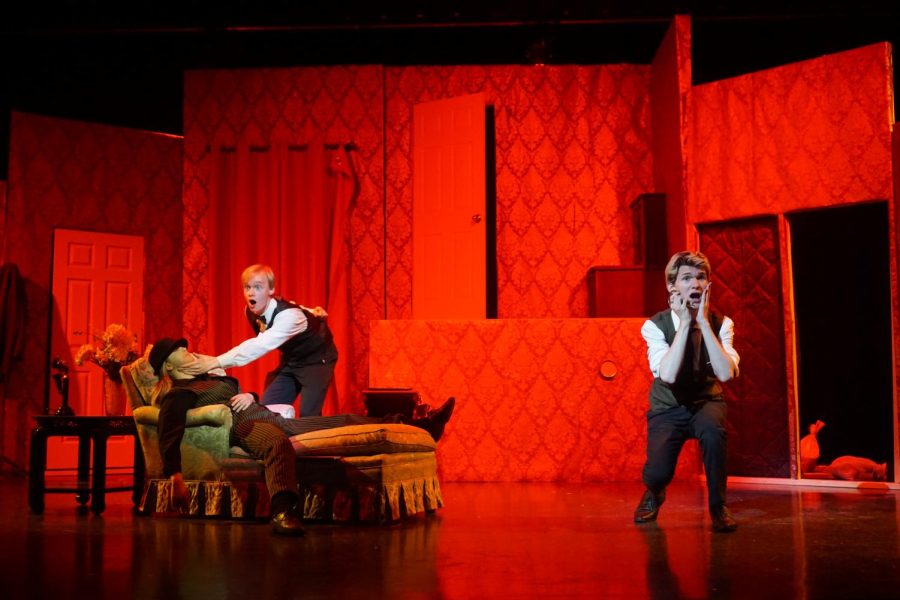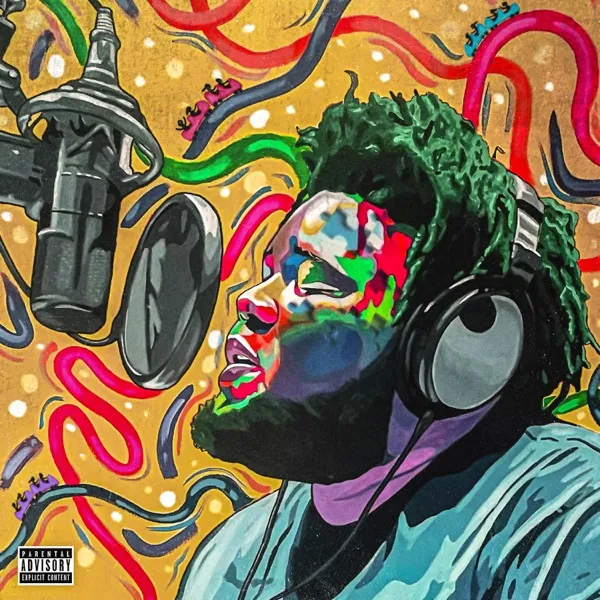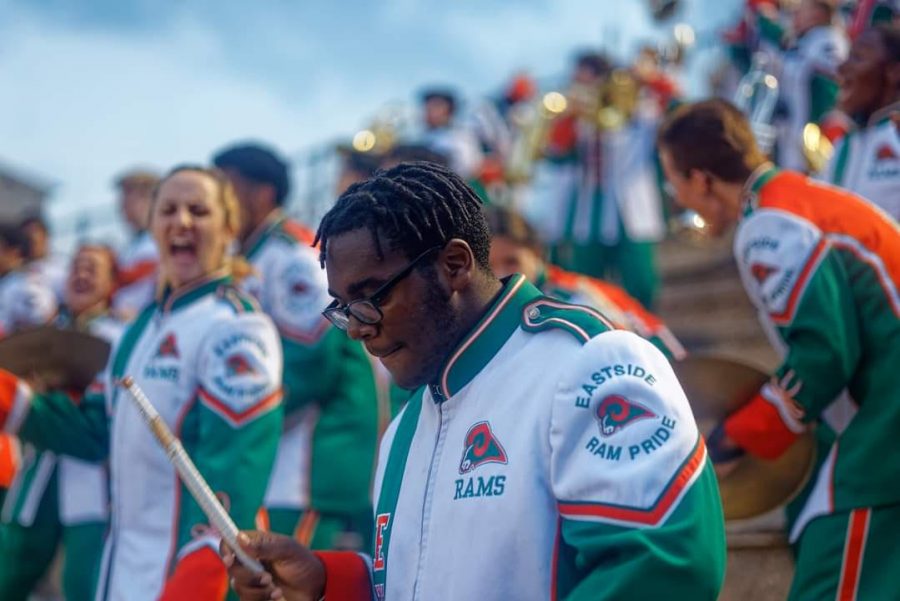 Despite being more commonly known as the holiday of cupids and candies, the context through which valentines day came to be is unknown by many as we celebrate with love letters and rose bouquets. The origin of this holiday’s title is in tribute to St. Valentine, but who is this person? And how do they represent love today? Although there is a complex tangle of stories contributing to the controversy behind this, there are a few more prominent ones that stand out in popularity and reasonability.
Despite being more commonly known as the holiday of cupids and candies, the context through which valentines day came to be is unknown by many as we celebrate with love letters and rose bouquets. The origin of this holiday’s title is in tribute to St. Valentine, but who is this person? And how do they represent love today? Although there is a complex tangle of stories contributing to the controversy behind this, there are a few more prominent ones that stand out in popularity and reasonability.
One place to start is during ancient Rome’s February 15th feast of Lupercalia, a celebration of purity, fertility, and good health. Purity, however, is misleading, as the events of the festival preceding the feast are anything but- taking a relatively dark turn. The process of Lucercalia began with the killing and sacrifice of goats and a dog, and the christening of the two slaughterers. These men were then required to exhibit bellowing laughs to commence the feast (Britannica). Post banquet, all male participants would rally in the streets with slices of blood soaked hides, striking any woman within eyesight in order to signify the woman’s fertility. Although seen as rather brutal in today’s standards, women were said to willingly participate in this event as well, as many believed it would solidify and enhance their fertility for the future. But once the fifth century hit, Pope Gelasius I renamed this tradition with what we know it by today as a way to rid it of its pagan roots while still preserving the concepts of fertility and love (npr.org).
Another popular story about the origins of Valentine’s Day involves the saint himself. Reigning during the late 260s A.D, Emperor Claudius II of Rome was said to have employed a decree banning marriage, as a way to keep men focused on militaristic endeavors (Davidson). In protest of this decree, St. Valentine would host marriages in secret, marking him as the saint of
love. However these silent markings of matrimony were short lived, as Valentine met his death by execution in 270 A.D. on February 14th, beginning the holiday now known as Valentines Day.
Lastly, one must address Galatin’s Day, the Norman festival meaning “lover of women” that sounds awfully familiar to what we know the title to be today. Although occurring around the same time as Valentine’s supposed execution, this celebration was rather similar to that of Lupercalia, as Vikings throughout France indulged in excessive drinking and romantic endeavors to commence the holiday. Many concur that there was a high possibility that the names of Galatin and Valentine were confused,and as a result combined, as Normans were well known to pronounce their ‘g’s as ‘v’s (Levey). 
Today we are able to observe characteristics of these past celebrations in the holiday we know to exist today. Give or take a few attributes, Valentine’s Day kept its original purpose of love and fertility in the modern age, but continued on to exhibit a more capitalistic approach. The purchasing of roses, love letters, and chocolates for loved ones has proven to make Valentines the third most expensive holiday in the United States, with a total of around 25.8 billion spent on Valentine’s Day shopping yearly (Nasdaq). Regardless of the spike in spending for this holiday, it is loved by people around the world, whether it be through the celebration of romantic or platonic relationships.





















